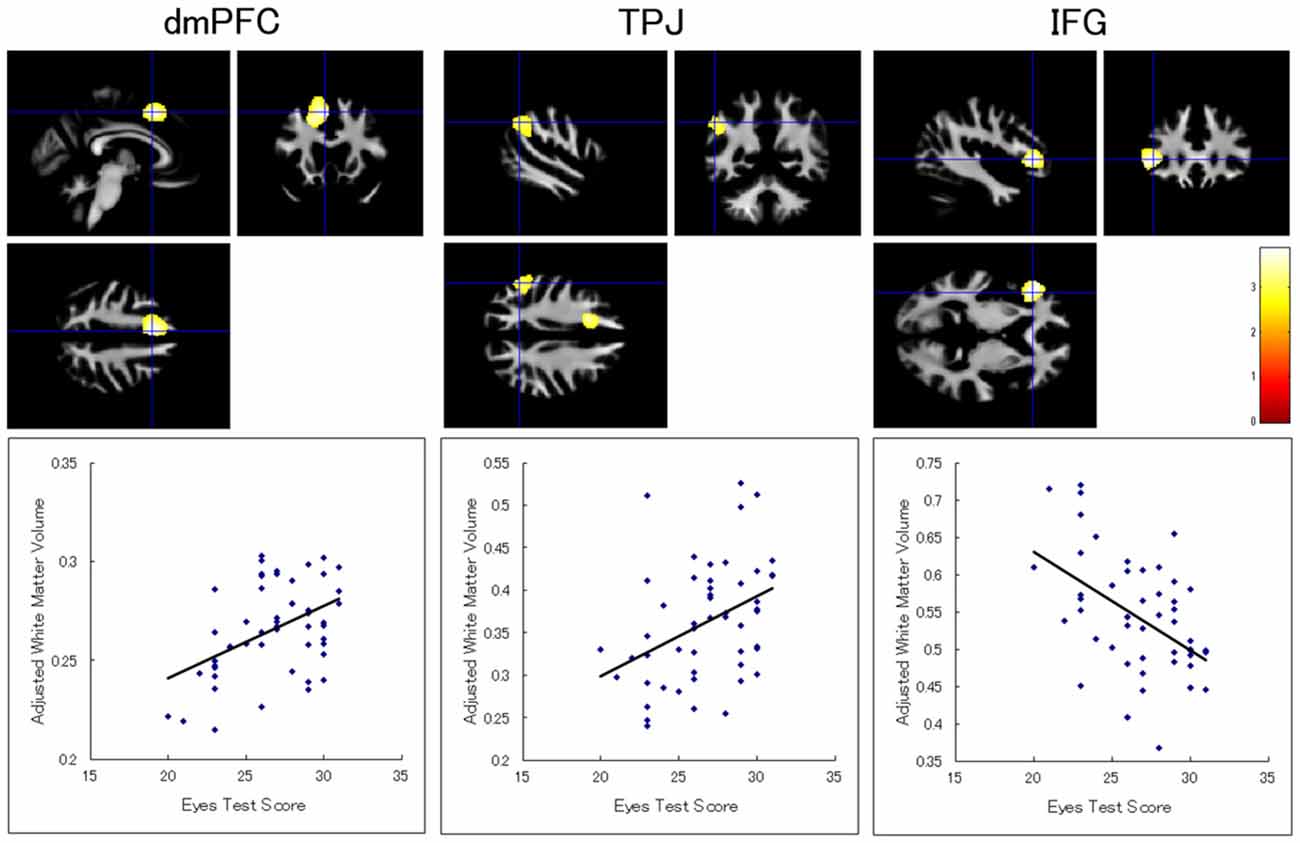Reading The Mind In The Eyes Test Pdf
Abstract The eyes provide important information for decoding the mental states of others. In this fMRI study we examined how reading the mind in the eyes develops across adolescence and we tested the developmental trajectories of brain regions involved in this basic perceptual mind-reading ability. Participants from three age groups (early adolescents, mid adolescents and young adults) participated in the study and performed an adapted version of the ‘Reading the Mind in the Eyes task’, in which photographs of the eye region of faces were presented. Behavioral results show that the ability to decode the feelings and thoughts of others from the eyes develops before early adolescence. For all ages, brain activity was found in the posterior superior temporal sulcus during reading the mind in the eyes relative to a control condition requiring age and gender judgments using the same eyes stimuli. Only early adolescents showed additional involvement of the medial prefrontal cortex, the inferior frontal gyrus and the temporal pole.
The results are discussed in the light of recent findings on the development of the social brain network. ,, INTRODUCTION A key component of human social interactions is mentalizing, which refers to the ability to read and understand the mental states of others (). The eyes are believed to play a key role in social interactions. Indeed, the eyes automatically capture attention and therefore convey a wealth of information important for social exchange (). Humans are well able to read the mental states of others solely from the eyes (). In this study, we examine how mind-reading from the eyes develops across adolescence and we test the developmental changes in the neural correlates associated with this basic perceptual mind-reading ability. Mind-reading from the eyes has previously been assessed with the ‘Reading the Mind in the Eyes task’, which requires participants to attribute the mental state of others from photographs of the eye region of faces ().

This task has been used mainly to distinguish between mind-reading skills of autistic and healthy developing individuals (e.g.,; ), but has also been used to examine the neural correlates of mind-reading. Neuroimaging studies using this task in adults reported that reading the mind in the eyes results in activation in the posterior superior temporal sulcus (pSTS) and the inferior frontal gyrus (IFG) (see,;; ). The pSTS is believed to play an important role in extracting information about goals and intentions from the eyes and faces (e.g.;; ), and in the detection of social stimuli (). The IFG has previously been associated with the mirror neuron system and the assessment of facial expression of emotions (e.g.;; ). Developmental models on social information processing have proposed that brain regions involved in the basic perceptual processing of social stimuli develop early in childhood (i.e. The detection node, which involves the pSTS) (see SIPN model ). Activate Neuro Programmer 2 Torrent. Indeed, young infants already display a sensitivity to social cues, such as the eyes and faces (e.g.